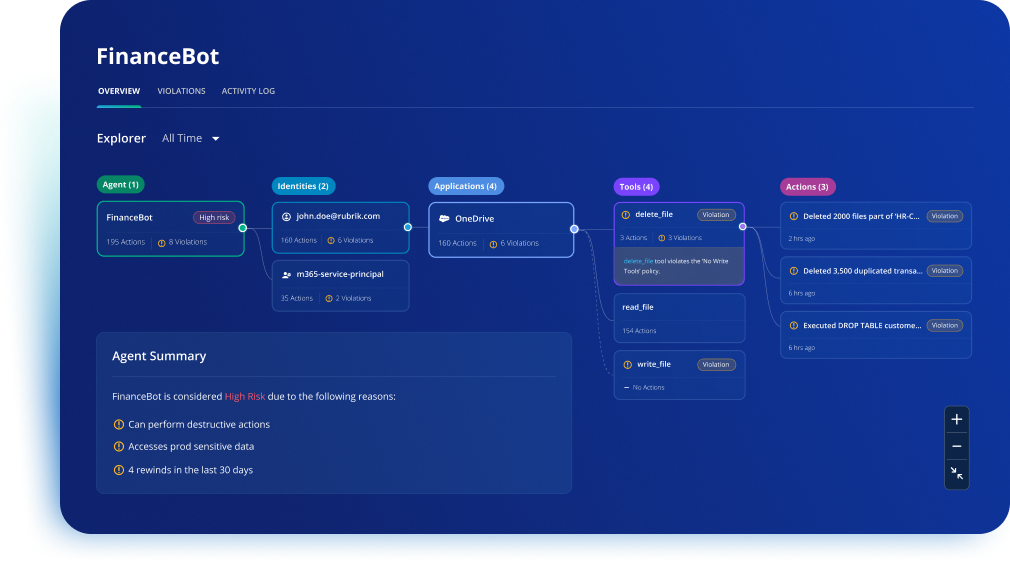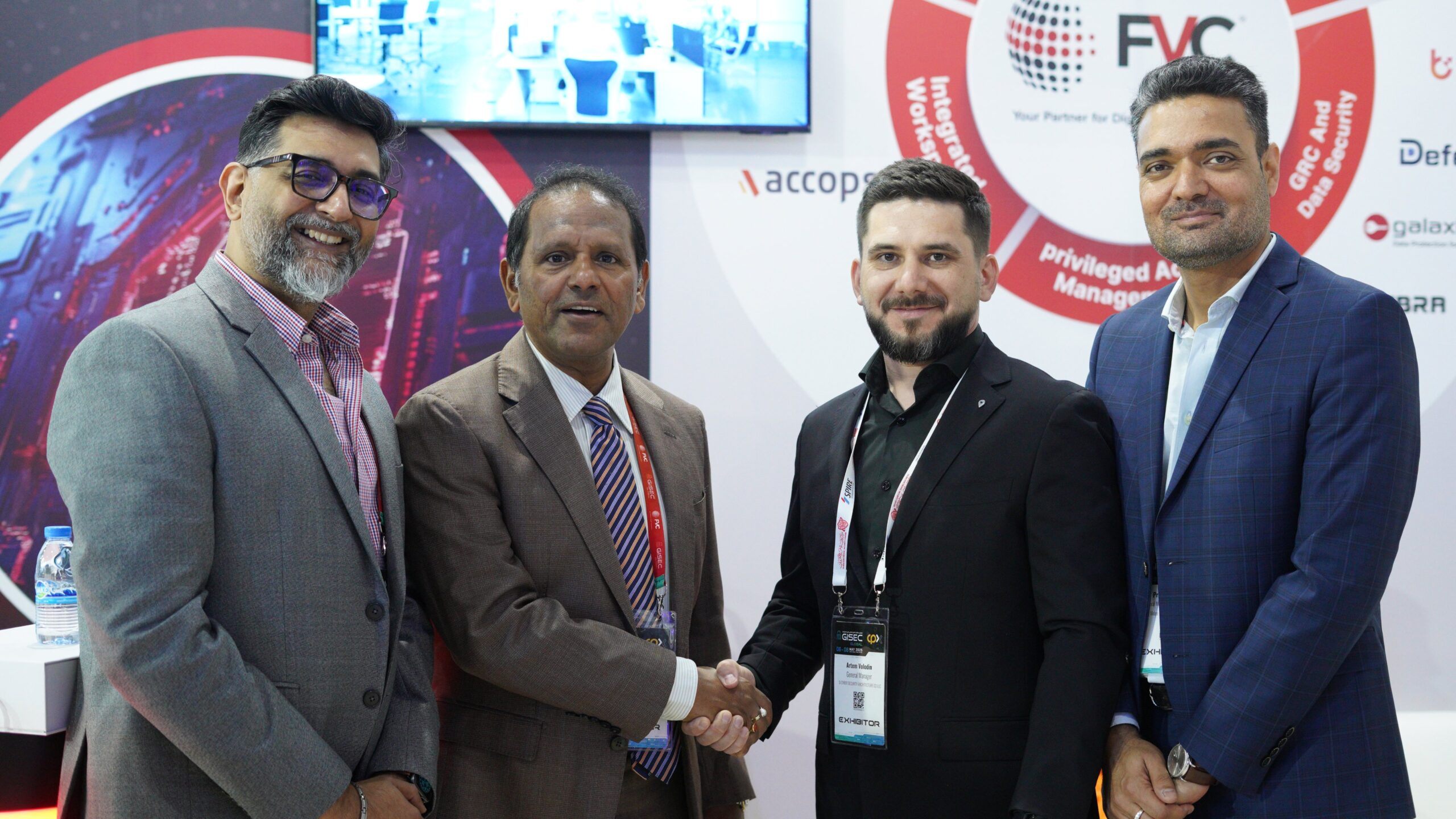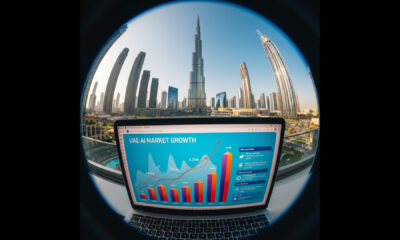Tech News
Digital Identity: Enabling MEA eGoverment Entities to Enhance Experiences while Cutting Costs

By Uday Shankar Kizhepat, Vice President and General Manager- Middle East and Africa Region, WSO2
We live digitally. Much of our professional work is digital, as is much of our leisure time. Our commercial activity – shopping, service subscription, banking, and more – is digital. And our government is digital. No doubt governance itself requires the wisdom of individuals. But the transactional part – filing, requesting, registering, licensing, and so on – is digital. Governments in the Middle East and Africa (MEA) know they have an opportunity, with today’s technologies, to streamline transactional government functions while cutting costs.
One way to do this is to introduce digital identities. By allowing each citizen to be recognized by their “bytes essence,” public authorities open the door to transformative programs that use these trusted online personas to get things done reliably and rapidly. Many regional nations are acknowledging the potential of digital ID systems and have cultivated track records for themselves in areas such as boosted citizen engagement and enhanced accuracy of outcomes.
Digital IDs offer a practical means to ensure useability when new e-government services come online. Identity verification, service accessibility, and data protection are three major, long-standing challenges encountered by regional governments on their digital transformation journeys. The digital ID solves all of them. It offers an elegant solution to the verification issue, obviously, but its simplicity enhances accessibility, and its security features protect data.

The ’Guarantee’
The digital identity may look straightforward, but its elegance is built on a toolbox of advanced technologies such as biometrics, encryption, and blockchain. These building blocks come together to give a guarantee of authenticity when an individual presents their credentials to an online gatekeeper. And we should not use the word “guarantee” lightly. It lies at the core of the viability of any authentication system offered by a government. When waved through the door, verified users can access tax history and health records. They can pay bills or register with a government agency. If verification is erroneous, a host of problems can arise.
The digital ID is a holistic, citizen-centric approach that strikes a balance between security and performance and yet does not compromise either. It eliminates bureaucratic bottlenecks and elevates the citizen experience without the public-sector agency ever relinquishing control of any part of the process. But how? How do digital IDs allow government services to operate at peak efficiency and grant seamless access to every citizen while not faltering when it comes to risk management? How do responsive, always-on services guarantee privacy and security? Well, the answer comes full circle, back to digital transformation.
Governments in the Arab Gulf region mention digital transformation frequently in published guidelines that map the way to economic diversification. These same guidelines apply to the government itself, which must set about transforming systems, processes, and functions to prepare for digital IDs and the world they promise – one in which a digital service provider can offer both seamless access and security. Complexities come from the scale and interconnectedness of operations, and the need for every shred of data, every machine-to-machine process, and every user session to be secure. Regulatory obligations must be juggled with budgetary constraints while technology leaders play intermediary to vying stakeholder factions within the organisation. It is easy to see how challenging it might be to maintain interoperability and data-sharing in such a fraught environment.
Of course, none of this will deter government organisations in the MEA region. They know what the hurdles are, but they also know what is to be gained – smoother services that cost less to provide while engendering greater citizen trust and in fact are leading the way in some of these digital initiatives. Remember, regional governments also know that the expectations of their citizens have, in a very real sense, undergone a digital transformation of their own.

Success Stories
If we cast our eyes around the region, we can see digital ID-centric transformation in action already. Some government organisations in the Middle East have introduced biometric facial recognition as part of digital identity phase-ins and are using the system for secure digital document storage. Also in current use are systems that allow single, mobile-based logins. In these countries, the government’s identity access management (IAM) system undergoes a sweeping overhaul that allows the unification of credentials data to provide secure digital identity.
In the Asian subcontinent, we find a government that directed its telecoms ministry to build a national information exchange layer using an API. Strict identity management was rolled out as part of this ambitious project. With digital identity in place, the government can enable slicker collaboration between its departments and enhanced efficiency in outputs. It can do all this while optimising data access and consumption, which empowers analysts to deliver more actionable insights to stakeholders across agencies and ministries.
In Africa, one country showed its peers how an integrated identity and access management solution can be used for risk-based authentication, single sign-on, multi factor authentication, and user self-service. The solution was designed to minimise the risk of identity theft, but it was also (through single sign-on) able to reduce complexity when onboarding and offboarding users.
Conflict Resolved
If digital solutions are the future of government, then digital identity is the future of public-sector cybersecurity and risk management. Governments in the region have been trying for years now to transform service delivery and engender citizen trust and engagement, but security has always been in conflict with agility. Having leveraged digital identity, authorities rid themselves of the downsides and reap rewards such as those described here. These regional successes underscore not only the profound impact digital transformation can have on society, but the indispensable role digital identity will play in delivering those efficiencies in a way that promotes trust.
Tech News
New Rubrik Agent Cloud Accelerates Trusted Enterprise AI Agent Deployments

AI agents represent the biggest opportunity and the biggest threat to organizations everywhere. Rubrik, Inc., the Security and AI Operations Company, today announced the launch of the Rubrik Agent Cloud to accelerate enterprise AI agent adoption while managing risk of AI deployments.
AI transformation is now mandatory for most organizations. However, IT leaders are constrained because Agentic AI has significant risks including hallucination as well as compromise by threat actors. Rubrik Agent Cloud is designed to monitor and audit agentic actions, enforce real-time guardrails for agentic changes, fine-tune agents for accuracy and, finally, undo agent mistakes. Built on the Rubrik Platform that uniquely combines data, identity and application contexts, Rubrik Agent Cloud gives customers security, accuracy, and efficiency as they transform their organizations into AI enterprises.
“IT and security leaders often don’t know what their AI agents are doing or how to undo their mistakes. Rubrik wants to help them answer: ‘What agents do I have?’ ‘What are they capable of doing?’ ‘How are they performing?’ ‘What did they do?’ and ‘Can I undo that when they screw up?’ said Bipul Sinha, CEO, Chairman, and Co-Founder of Rubrik. “AI agents have the potential to cause 10x the damage in 1/10 of the time. With Rubrik Agent Cloud, we uniquely address this challenge by leveraging our leadership in data, identity, and resilience to help our customers deploy AI agents with peace of mind.”
Accelerate Enterprise AI Deployment and Resilience
Rubrik Agent Cloud will offer comprehensive agent management capabilities that encompass the entire AI agent lifecycle – from observability and control to performance management and simulation.
- Agent Monitor:
- Auto-discovers both infrastructure-as-a-service (Azure/AWS) agents as well as platform-as-a-service (M365/AgentForce) agents.
○ Automatically discovers and maps active agents across popular agent builders such as OpenAI, Microsoft Copilot Studio, Amazon Bedrock and other popular agent building tools.
○ Continuously monitors agent activity and data access, and maintains immutable audit trails capturing context from data, identity, and applications.
- Agent Govern:
- Tracks agent usage, evaluates performance against prompts, and gives teams the tools to control destructive/undesired actions.
○ Defines and enforces agent behavior, access, and action policies in real-time.
○ A centralized tool to provide integration with enterprise identity systems—helping ensure secure, compliant, and controlled innovation.
- Agent Remediate:
- Announced in August 2025, Agent Rewind integrates with Rubrik Security Cloud to provide the industry’s only solution for precise time and blast radius rollback of undesirable or destructive actions.
○ Goes beyond observability to allow organizations to instantly undo unwanted or destructive actions, without any downtime or data loss.
○ Selective rollback of agent-driven changes ensures continuous protection for critical data and systems, and immutable recovery.
Tech News
UAE’s AI market set to soar to Dh170 billion by 2030, driving MENA’s Dh610 billion Artificial Intelligence boom

The UAE’s Artificial Intelligence (AI) market is forecast to hit Dh170 billion (USD 46.33 billion) by 2030, according to new data from Grand View Research (GVR) in a study that underscores the country’s accelerating dominance in the region’s USD 166 billion (Dh610 billion) AI boom.
Close on the heels of the UAE unveiling its first Arabic-language AI model earlier this year, the new research by the California headquartered- firm reveals that the MENA AI market, valued at USD 11.92 billion (Dh43.7 billion) in 2023, is set to expand almost fifteen-fold to USD 166.33 billion (Dh610 billion) by 2030, growing at an annual rate of 44.8 percent.
“The Middle East, and especially the UAE, is no longer just an adopter of global AI technologies – it’s, in fact, shaping its own playbook,” said Swayam Dash, Managing Director at Grand View Research. “With sovereign funds backing innovation, and policies like the UAE’s new Strategic Plan 2031 leading the way with focus on utilising artificial intellegence in achieving greater financial efficiency for the federal government, the region is becoming a laboratory for how AI can drive both governance and growth.”
GVR’s report further highlights that nearly three in four UAE companies have maintained or increased their AI investments in the past year. Machine learning and deep learning remain the backbone of this transformation, particularly in healthcare, logistics, and financial services.
According to the report, the AI in Healthcare market in the Middle East and Africa, valued at USD 193.1 million (Dh 709 million) in 2023, is projected to reach USD 1.47 billion (Dh 5.39 billion) by 2030 growing at a CAGR of 33.6 per cent, while the region’s legal AI sector – currently at USD 43.3 million (Dh 159 million) – is expected to almost triple to USD 121.5 million (Dh 446 million) at a CAGR of 18 per cent over the same period.
“The release of region-specific AI metrics for the first time quantifies what many have sensed – that the UAE and its neighbours are at the tipping point of a generational transformation,” Dash added. “And the next wave of opportunity will come from specialisation. Sectors like healthcare and legal technology are still emerging here and hence the potential is immense. With the AI in regional healthcare market alone projected to touch USD 8.39 billion (AED 30.8 billion) by 2033, we’re looking at a decade of exponential growth. Likewise, the legal AI space, though currently small, represents a first-mover opportunity in digitising governance, compliance, and regulatory frameworks – areas where the Middle East can define its own benchmarks rather than follow global ones.”
The study also notes how the MENA region is further emerging stronger as one of the world’s most dynamic AI frontiers driven particularly by government-led digital transformation agendas, rapid urbanisation, and the rollout of AI-enabling technologies such as 5G, cloud, and IoT,
“Machine learning and deep learning continue to dominate adoption across smart-city initiatives, healthcare, and urban management – with the UAE leading the charge in real-world integration,” said Dash.
The full Grand View Research MENA AI Market Report offers an in-depth analysis of these evolving trends, uncovering how data, policy, and innovation are converging to redefine the region’s digital economy.
Tech News
FVC and SearchInform Join Forces to Boost Insider Threat Prevention and Data Protection in MENA

FVC, a prominent distributor specialising in innovative technology solutions, is pleased to announce its strategic partnership with SearchInform, a leader in information security and insider threat prevention solutions. Together, they are committed to strengthening organizations’ defenses against data leaks, corporate fraud, human-factor related risks.
K.S. Parag, Managing Director, FVC:
“We are excited to welcome SearchInform to our cybersecurity portfolio. The company offers the most powerful and localized DLP on the MENA market. SearchInform solution stands out from the competition due to a number of advantages. The system can be deployed within a few hours, protects the maximum number of data transfer channels, provides smart content-based blocking for all controlled channels and also use digital watermarks to trace the source of potential leaks. SearchInform DLP supports analysis of data in Arabic and has security policies, tailored for requirements of local organizations, enabling timely detection and prevention of confidential data leaks. The solution leverages AI to monitor atypical data transfer channels, recognize graphic elements, transcribe audio into text, detect attempts to photograph PC screens with smartphones.”
SearchInform offers a range of products, including DCAP, DLP, and SIEM. All the tools are seamlessly integrated. Technical support is provided through a specialist assigned to the company, who has extensive experience thanks to clients from various fields.
Commenting on the Partnership, Artem Volodin, CEO SearchInform MENA, stated:
“We are proud to collaborate with FVC, whose expertise in the Middle Eastern market will strengthen our efforts to combat insider threats and data leaks. The region needs a comprehensive solution that will enable organizations to meet regulatory standards, including SAMA, PDPL, DCC, ECC, UAE Information Assurance (IA) Regulation etc. and global ones, such as GDPR, PCI DSS. SearchInform delivers tools for data protection and risk mitigation across all levels: FileAuditor secures file systems, DLP covers workstations and human risks, Risk Monitor addresses corporate fraud, and SIEM protects IT infrastructure.”
The partners are currently conducting expert training, partner enablement sessions, and are also negotiating the implementation of SearchInform products in local companies.
-

 Tech News1 year ago
Tech News1 year agoDenodo Bolsters Executive Team by Hiring Christophe Culine as its Chief Revenue Officer
-

 VAR7 months ago
VAR7 months agoMicrosoft Launches New Surface Copilot+ PCs for Business
-

 Tech Interviews2 years ago
Tech Interviews2 years agoNavigating the Cybersecurity Landscape in Hybrid Work Environments
-

 Tech News4 months ago
Tech News4 months agoNothing Launches flagship Nothing Phone (3) and Headphone (1) in theme with the Iconic Museum of the Future in Dubai
-

 Tech News2 years ago
Tech News2 years agoBrighton College Abu Dhabi and Brighton College Al Ain Donate 954 IT Devices in Support of ‘Donate Your Own Device’ Campaign
-

 Editorial11 months ago
Editorial11 months agoCelebrating UAE National Day: A Legacy of Leadership and Technological Innovation
-

 VAR1 year ago
VAR1 year agoSamsung Galaxy Z Fold6 vs Google Pixel 9 Pro Fold: Clash Of The Folding Phenoms
-

 Cover Story8 months ago
Cover Story8 months agoUnifonic Leading the Future of AI-Driven Customer Engagement























